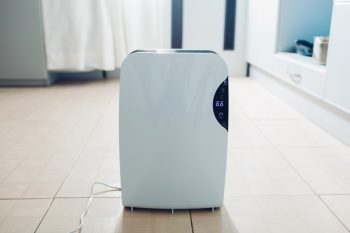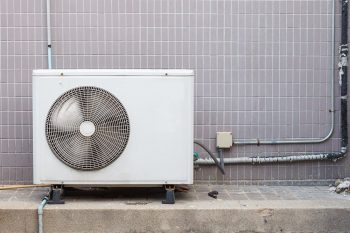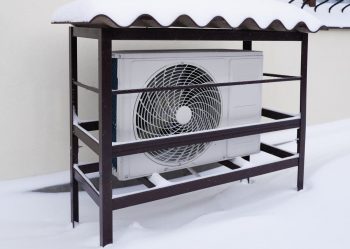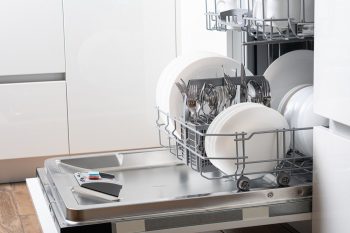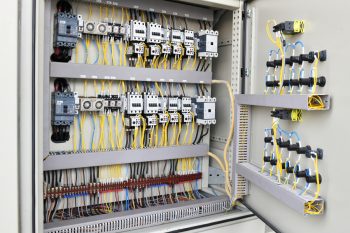
Water pressure is a crucial factor in the performance of your refrigerator’s ice maker and water dispenser. If the water pressure is too low or too high, it can lead to various issues such as slow ice production, hollow ice cubes, or even water leaks. In this comprehensive guide, we will walk you through the steps to check the water pressure for your refrigerator, the importance of maintaining the right pressure, and how to troubleshoot common water pressure problems.
To check the water pressure for your refrigerator, you will need a water pressure test gauge. First, ensure the water supply is on, the water filter is not clogged, and the water supply line is not kinked. Attach the gauge to a water outlet near your refrigerator’s water supply line and take a reading. The water pressure should be between 40 and 120 psi. Also, check the water flow from the dispenser and the formation of ice cubes to ensure proper water pressure.
Importance of Checking Water Pressure for a Refrigerator
Keeping an eye on your refrigerator’s water pressure is more important than you might think. Adequate water pressure is vital for the proper functioning of the icemaker and water dispenser. The water pressure must be between 40 and 120 psi (pounds per square inch) for these features to work correctly.
Low water pressure can cause issues such as hollow ice cubes or slow ice production. It can also lead to a slow water dispenser, which could be an indication of a clogged filter. On the other hand, high water pressure can cause problems as well. If the water pressure is too high for the refrigerator dispenser, it may cause water to splash out of the glass and create a mess. High water pressure can also lead to stress on the pipes, potentially causing them to crack or burst.
Tools Needed to Check Water Pressure
To check the water pressure of a refrigerator, you will need a water pressure test gauge, a bucket, and possibly a pair of tongue-and-groove pliers to detach the water supply line from the inlet valve. Water pressure gauges can be purchased from any hardware or home improvement store and are easy to use.
How to Check Water Pressure in a Refrigerator
Here are the steps to accurately check the water pressure in your refrigerator:
- Ensure the water supply is turned on: The water supply valve connected to your refrigerator should be fully open to allow water to flow.
- Inspect the water filter: If the filter is clogged, replace it. Most refrigerator manufacturers recommend changing the water filter at least every six months.
- Check the water supply line: If the water supply line is kinked or pinched, straighten it out. This will increase water pressure.
- Test the water flow: If your refrigerator has a built-in water dispenser, activate it. A steady and consistent flow of water indicates proper water pressure.
- Measure the water pressure: Attach a water pressure gauge to a water outlet or hose bib near your refrigerator’s water supply line and take a reading. The water pressure must be between 40 and 120 psi.
- Check the ice production: If the ice bin is filled with properly formed ice cubes, it indicates that the water supply is adequate.
Signs of Low or High Water Pressure
Signs of low water pressure include slow water dispensing, hollow or small ice cubes, reduced ice production, and lack of water. High water pressure can cause water to splash, damage to the plumbing system, increased utility bills, and a high-pitched squealing noise when the ice maker fills.
Common Problems and Solutions
Common problems related to the water pressure in a refrigerator include a clogged or improperly installed water filter, a kinked or pinched water supply line, a faulty pressure switch, or a malfunctioning control board. The solutions to these problems include replacing the water filter, straightening the supply line, testing the pressure switch, or having a professional check the control board.
Conclusion
Maintaining the right water pressure in your refrigerator is crucial for the efficient operation of your appliance. By following the steps outlined in this guide, you can ensure that your refrigerator’s icemaker and water dispenser function properly. If you encounter any issues, don’t hesitate to seek help from a professional.
Remember: regular maintenance and checks can prolong the life of your refrigerator and save you from costly repairs in the future.
Frequently Asked Questions
What is the ideal water pressure for a refrigerator?
The ideal water pressure for a refrigerator is between 40 and 120 psi (pounds per square inch). This range ensures the optimal function of the ice maker and water dispenser.
How often should I check the water pressure in my refrigerator?
It’s advisable to check the water pressure in your refrigerator every six months or whenever you notice issues with your ice maker or water dispenser.
Where can I buy a water pressure test gauge?
You can purchase a water pressure test gauge from any hardware or home improvement store. They are also available online on websites like Amazon.
How do I know if my water filter is clogged?
Signs of a clogged water filter include slow water dispensing, hollow or small ice cubes, and reduced ice production. If you notice any of these signs, it’s time to change your water filter.
What are the signs of high water pressure in my refrigerator?
High water pressure in your refrigerator can cause water to splash out when using the dispenser, damage to the plumbing system, increased utility bills, and a high-pitched squealing noise when the ice maker fills.
What should I do if I encounter a problem with my refrigerator’s water pressure?
Common problems related to water pressure can often be solved by replacing the water filter, straightening the supply line, or testing the pressure switch. If these solutions don’t work, consider seeking help from a professional.


